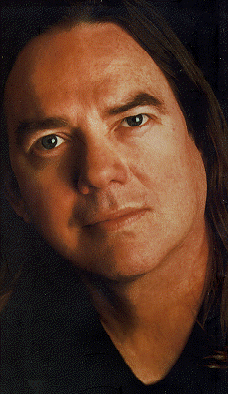
- Tunesmith inside the art of songwriting summary drivers#
- Tunesmith inside the art of songwriting summary professional#
- Tunesmith inside the art of songwriting summary mac#
Webb is also very honest about his relationships and his womanising.
Tunesmith inside the art of songwriting summary mac#
There is a lot of name dropping but the circle he found himself in LA included Joni Mitchell, Harry Nilsson, Geffen and many more.ĭrugs and their influence on his behaviour is a chunk of the story too, not like a Keith Richards’ plot where the action is all about where the drugs are and the next fix – but more like Fleetwood Mac where nose candy was at the centre of their partying and ultimate dissolution.
Tunesmith inside the art of songwriting summary professional#
There are some quite explicit scenes and it’s fair to say that Webb had a difficult relationship with most of The Beatles, caused sometimes by them, and sometimes by him, but plainly mostly founded around professional competitiveness. If you are into tell-all books, then The Cake and the Rain delivers. The answer becomes clear eventually, but the journey there gives his story some extra sizzle. I spent a large chunk of time in trying to decide whether it was meant as an alter ego for Webb, or because one of his friends in LA took that role in his life.

One of the most intriguing aspects of the book is the presence of the Devil as a character. The Cake and the Rain is a memoir not an autobiography. It’s impressionistic and focuses on loosely linked stories covering his early life into the late ’60s and the period from then to 1973 when Webb had accidentally overdosed (on what was meant to be high quality cocaine, but was in fact street level PCP) which deprived him of the ability to play, sing and write for a time. This book has prompted me to look up some of Webb’s solo catalogue and listen. It’s hard to know if this was because there was no escaping the box he was pushed into, or that he just wasn’t good enough. This book details much of that struggle, but suffice to say that much like Kris Kristofferson, Jimmy Webb’s solo career never eclipsed his writing for others, even with major believers such as David Geffen behind him.
Tunesmith inside the art of songwriting summary drivers#
The pushback he got from the sector of the music industry which appealed to him most was one of the drivers behind him performing for himself. That’s the irony of this discord – Webb consciously sought out the voice that was so opposed to much of what he wanted, because he instinctively knew that it would serve his songs best. They did not even meet until the Grammy Awards in 1968, despite Jimmy Webb destroying a tractor he was using when he first heard Glen’s voice on the radio. This distance is all the more surprising because they came from not dissimilar backgrounds – Campbell was an Arkansas sharecropper’s son, Webb was from rural Oklahoma. Glen Campbell – his most important interpreter – thought of him as a hippie who needed a haircut. This is one of the main currents underlying The Cake and the Rain (St Martin’s Press): the almost palapable dissonance between how Webb saw himself and the very real success of his songs performed by acts at the opposite end of the socio-political spectrum to him. He just happened to have songs that were tailor-made for smooth, beautifully voiced singers - and let’s face it, rock bands tended to write their own material in any case (unless you were The Monkees).

He wrote such classics as MacArthur Park, Wichita Lineman, By the Time I get to Phoenix and Galveston, oh … and Up, Up and Away too.īy now many of these songs have gone down in musical history as cheesy MOR fluff, but they are among the great songs of the era.

For those who may not be familiar with the name, Jimmy Webb (not James or Jim, but Jimmy - it’s on his birth certificate) is one of the great songwriters – primarily of the late 1960s/’70s.


 0 kommentar(er)
0 kommentar(er)
